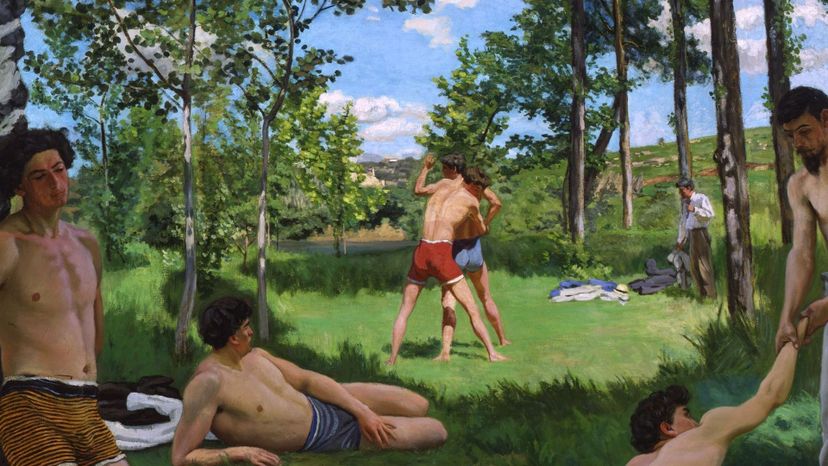
About This Quiz
Brush up on your Impressionist art history while feasting your eyes on some of the art world's greatest works!
The Impressionist movement grew out of the need for a new form of artistic expression, and though initially rejected by both critics and the public, Impressionism has become one of the defining periods in the history of Western art. Impressionist paintings are on continuous display in many of the most prestigious museum in the world, including the Musee Marmottan Monet in Paris. That museum houses the very painting by Claude Monet that gave the movement its name. We've included it in this quiz — see if you can spot it!
Apart from Monet, other well-known names associated with Impressionism include Pierre-Auguste Renoir, Berthe Morisot, Edouard Manet, Mary Cassatt, and Paul Cezanne. Each of these painters developed their unique style, from Cassatt's linear style, which was inspired by Japanese prints, to Renoir's more playful, colorful techniques.
In this quiz, we'll test you on your ability to distinguish between these painters' visions, which are each distinctive in their own way. Artists and art history students will no doubt score highly on this quiz. Are you one of them? Show your appreciation of these timeless masterpieces — take the quiz now!
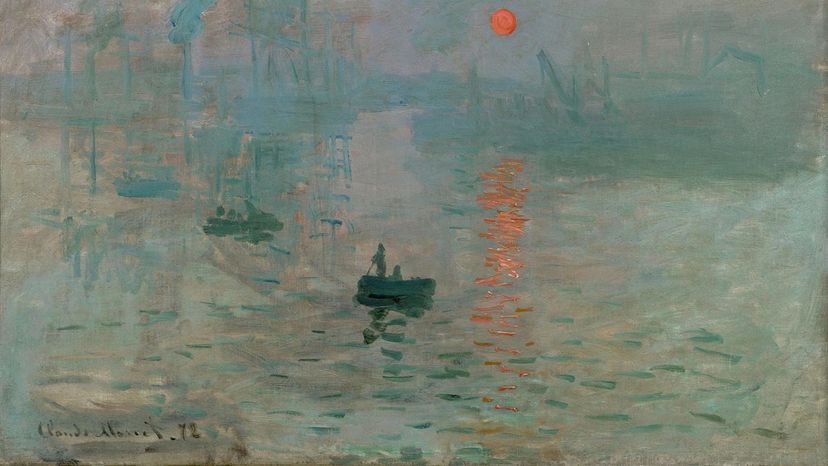
"Impression, Sunrise" is credited with being the source of the name for the Impressionist movement. The painting shows the scene you'd see looking out from a hotel window over the port of Le Havre, a town in northwestern France where Monet grew up.
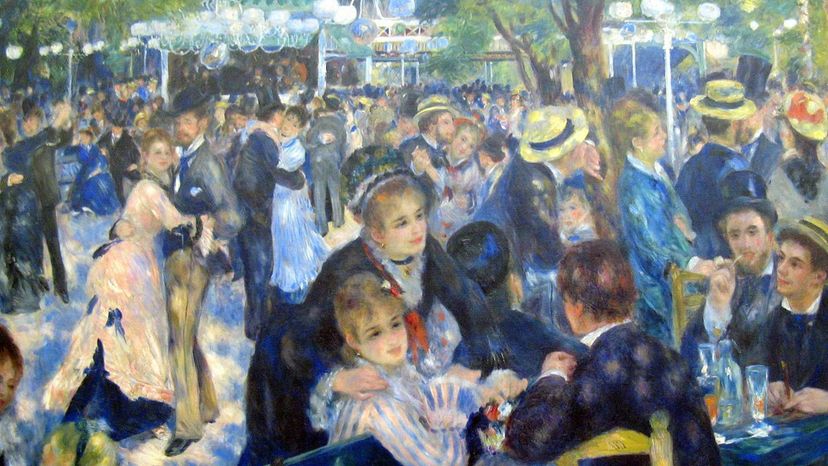
The Moulin de la Galette is a 17th-century windmill in Paris, France. Renoir’s painting seeks to capture the typical and intriguing Sunday festivities that occurred at the mill. It is said that Renoir painted the entire picture on location, transporting the canvas back and forth daily.
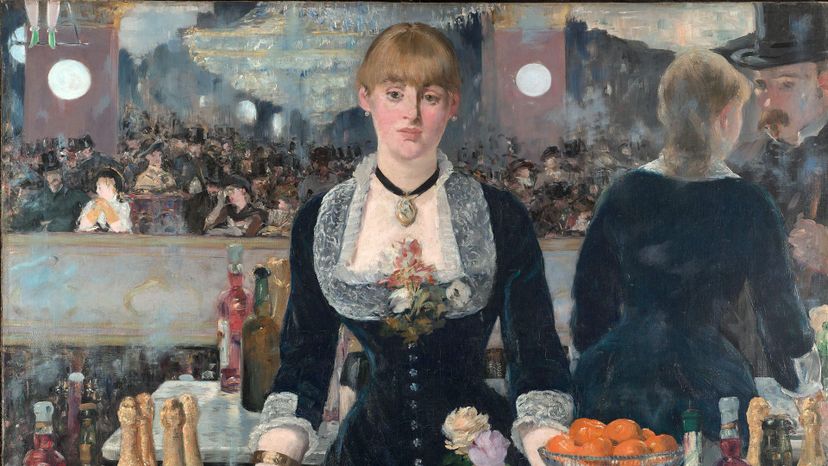
Édouard Manet was one of the leading artists of Impressionism, and "A Bar at the Folies-Bergere" is considered to be one of his greatest works. The Folies-Bergère was established in 1869 and although it is called a “bar,” it was more like a massive entertainment hall featuring acrobatics, animal acts, ballet, cabaret, operettas, and pantomimes.
Advertisement
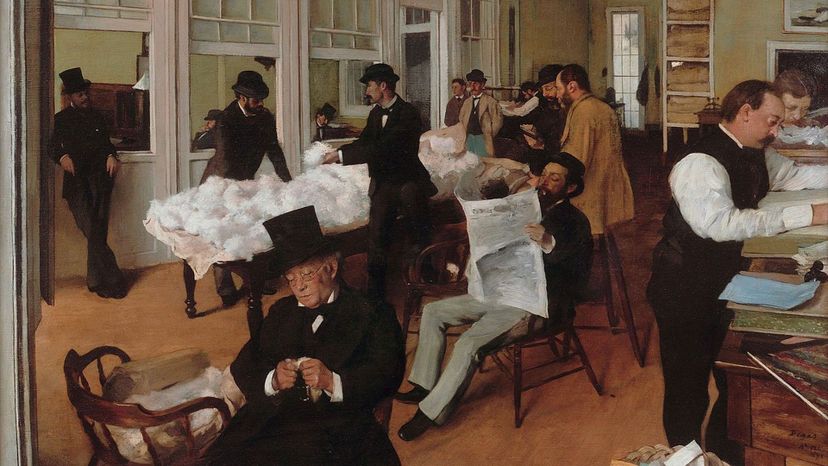
"A Cotton Office in New Orleans" shows a cotton brokerage office owned by Degas’ relatives. He depicts them in the painting, showing his uncle, wearing a top hat; his brother, seated and reading a newspaper; and his cousin, leaning against a window and watching as a broker and a buyer examine samples of cotton.
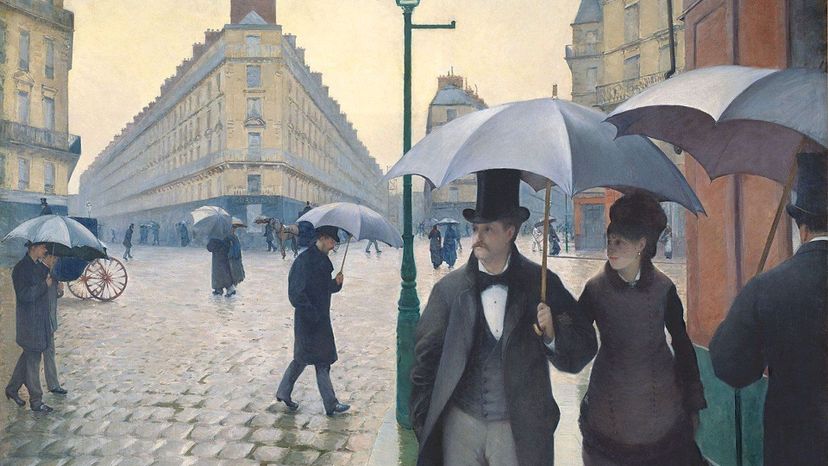
This painting has been in the possession of the Art Institute of Chicago since 1964. Caillebotte’s friend, Édouard Manet, lived in the intersection depicted in the painting, and Caillebotte himself owned property in the area.
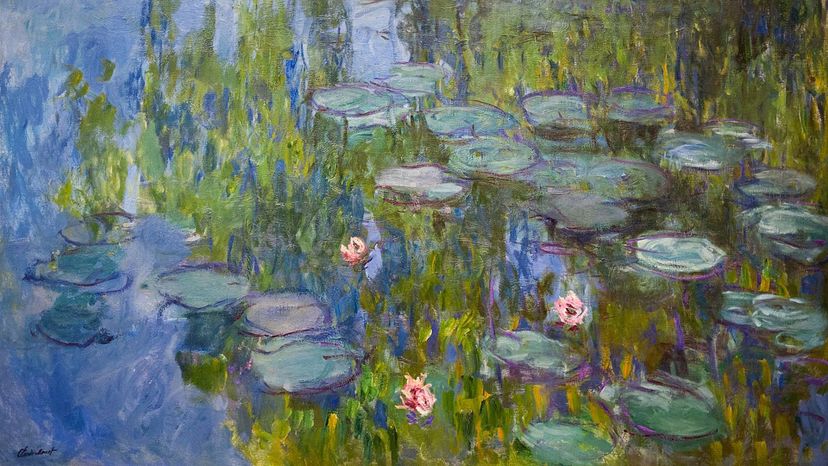
Claude Monet created his "Water Lilies" series between 1890 and 1920. Consisting of roughly 250 paintings, each work depicts the flower garden at Monet’s home in the northern France commune of Giverny. Eight large paintings from the series are permanently housed at the Musée de l'Orangerie, displayed according to suggestions made by Monet before his death.
Advertisement
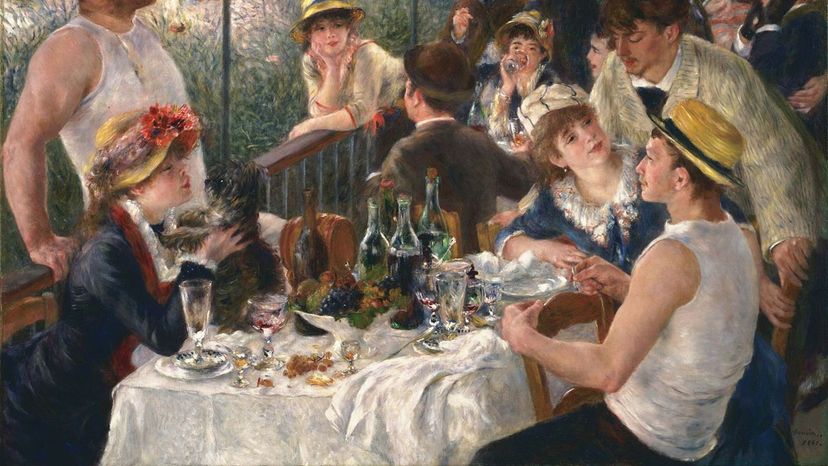
The diverse group of people captured in Renoir’s masterpiece includes some of the artist’s friends. They're shown dining at the Maison Fournaise restaurant in the commune of Chatou, overlooking the Seine river in northwestern France. Notably, the young lady holding the dog is Renoir’s future wife.
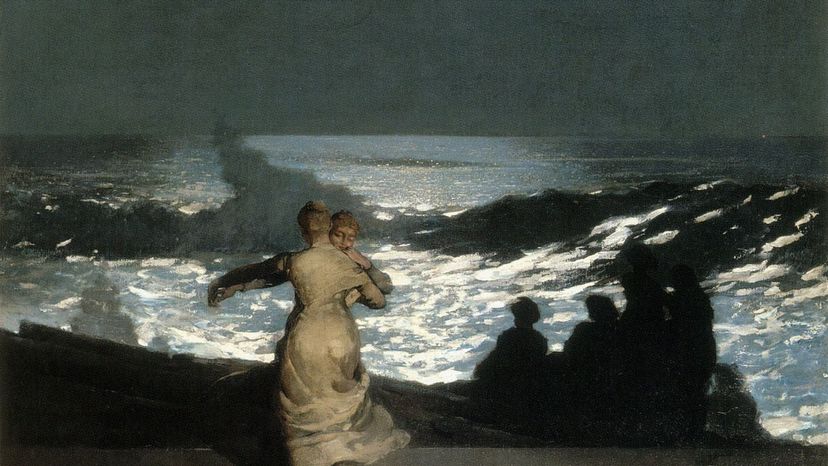
A hint of the music the pair of ladies is dancing to in Winslow Homer’s "Summer Night" can be found in one of the earlier titles of the painting, Buffalo Gals, which is also the name of a popular American traditional song. In it, the singer plaintively wails, "Buffalo gals won’t you come out tonight, and dance by the light of the moon?"
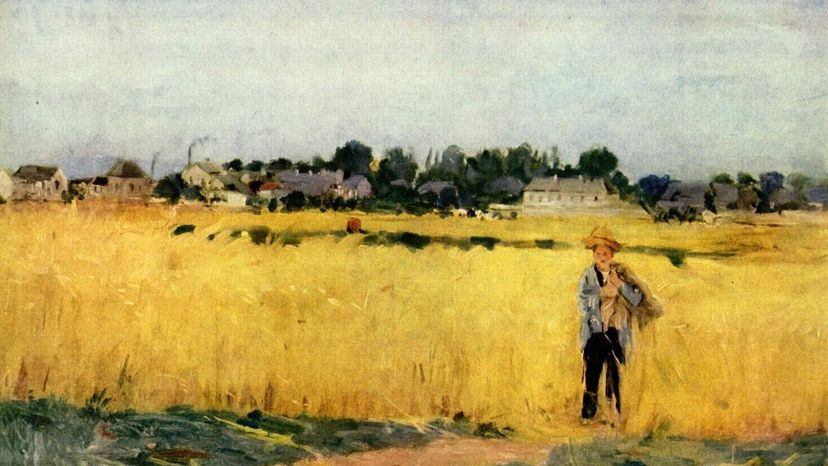
"The Grain Field" by Berthe Morisot is currently owned and displayed by the Musee d'Orsay in Paris, France. Morisot was one of the leading figures in the Impressionist movement. She was married to the younger brother of fellow Impressionist, Édouard Manet, but quickly gained fame in her own right.
Advertisement
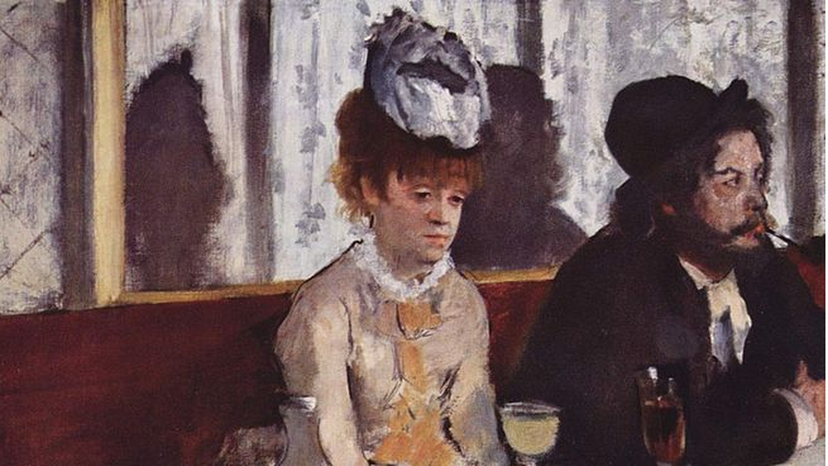
The woman at the focus of this work is Ellen Andrée, a model who regularly posed for famous artists. She can also be seen in Renoir's "Luncheon of the Boating Party" (1880 – 1881). The gentleman seated next to her is Marcellin Desboutin, a French portrait painter and printmaker.
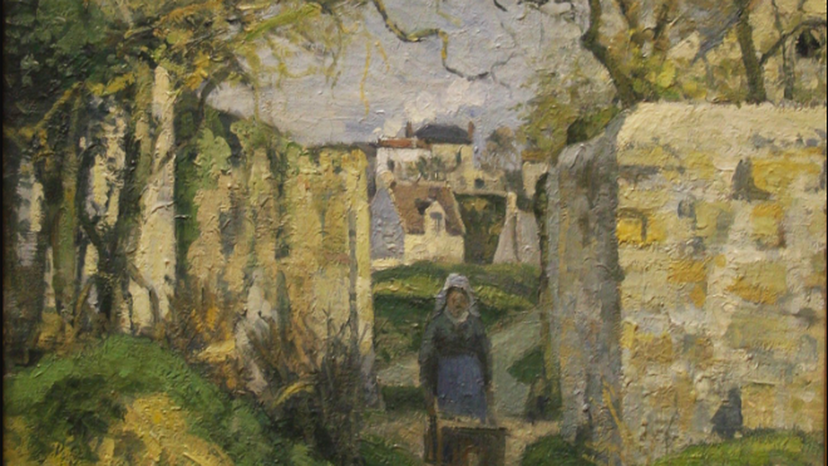
Danish-French Impressionist Camille Pissarro was born in the West Indies but later studied art in England. He lived in Pontoise, a district in the Paris suburbs that became the subject of several of his paintings. Landscape at Pontoise is currently owned by and housed at the Ashmolean Museum of Art and Archaeology at Oxford University.
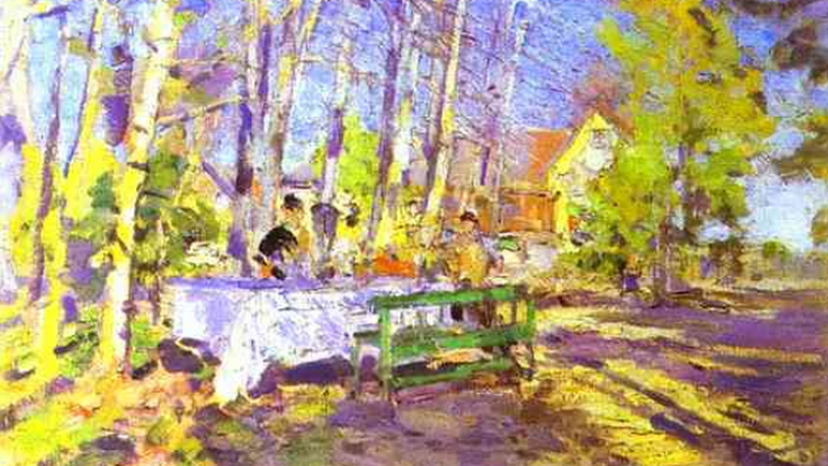
Russian Impressionist Konstantin Korovin is also noted for his contributions to Art Nouveau and Realism. In France, he found plenty of support for his Impressionist style, which was not encouraged in Russia. His talent led to his being awarded the prestigious Legion of Honor medal in France.
Advertisement
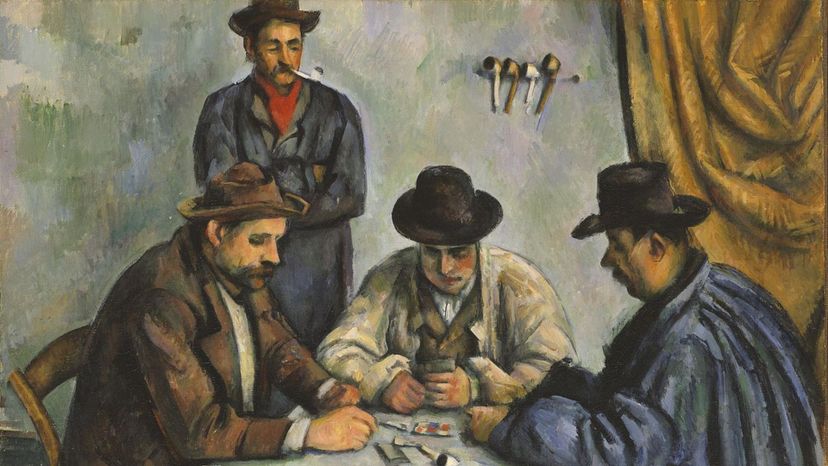
"The Card Players" by Paul Cézanne is a series of five paintings of people enjoying card games. They range in size from 1.5 by 2 feet to 4.5 by 6 feet. They are considered masterpieces of Cézanne’s “final period” and were painted between 1890 and 1895.
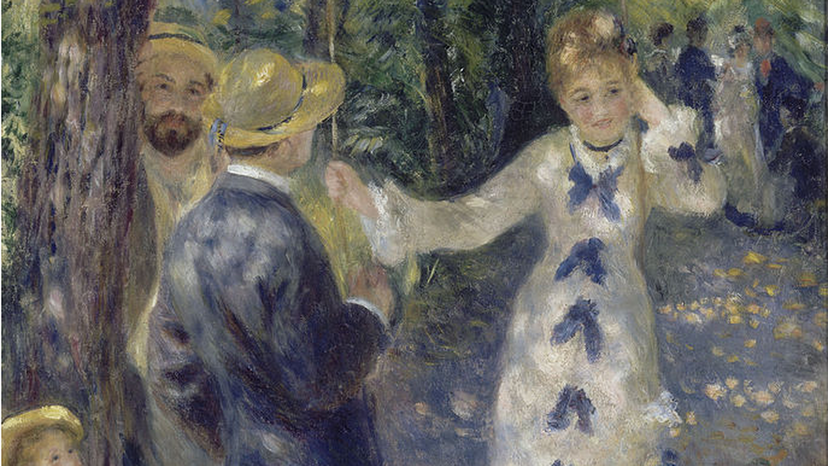
The setting for "The Swing" is the gardens at the Musée de Montmartre in Paris, France, which at the time was a hotel where Renoir and other famous artists lived. The three subjects of this painting, one of whom is the artist’s brother, are also seen in Renoir’s "Dance at Le Moulin de la Galette," which Renoir was painting at the same time.
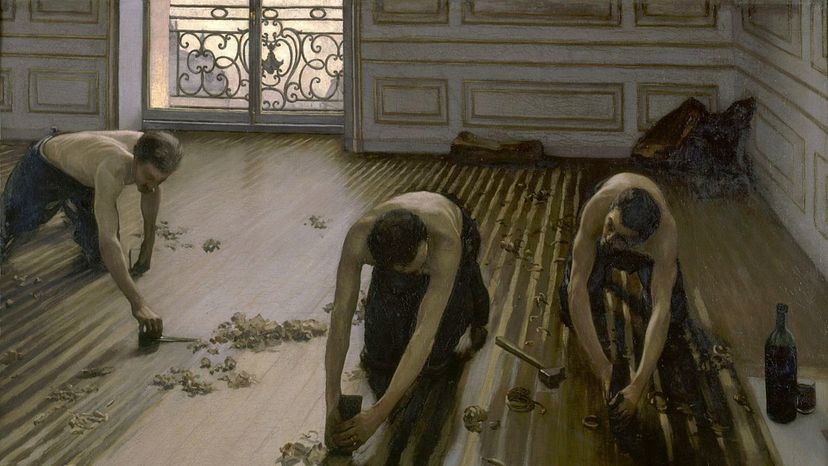
Called “Les Raboteurs de Parquet” in French, "The Floor Scrapers" is currently housed at the Musée d'Orsay in Paris. Now considered among the finest of the Impressionist movement’s paintings, "The Floor Scrapers" originally got a very cold reception from mainstream critics when Caillebotte first exhibited it, as they considered it to be vulgar. This led the artist to display the painting again with the Impressionists, whom he had earlier joined.
Advertisement
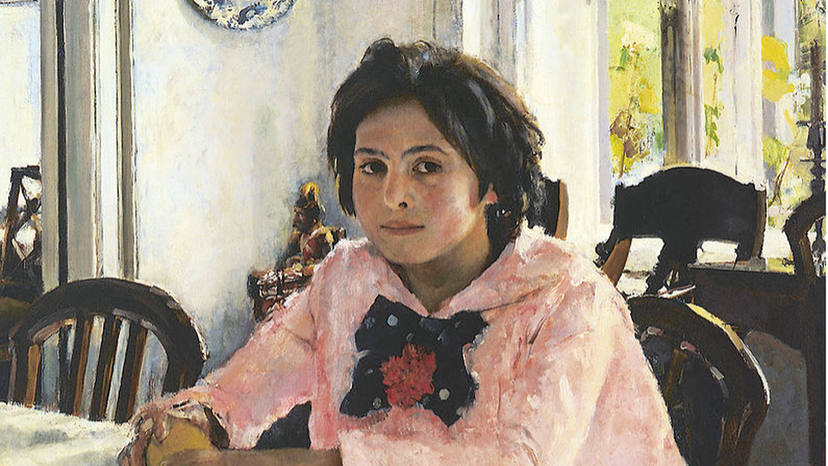
The young girl featured in Valentin Serov’s "Girl with Peaches" is 12-year-old Vera Mamontova. Her father, Savva Mamontov, was a noted patron of Russian Art and was himself the subject of a famous portrait by Mikhail Vrubel. Both paintings are now housed in the prestigious Tretyakov Gallery in Moscow.
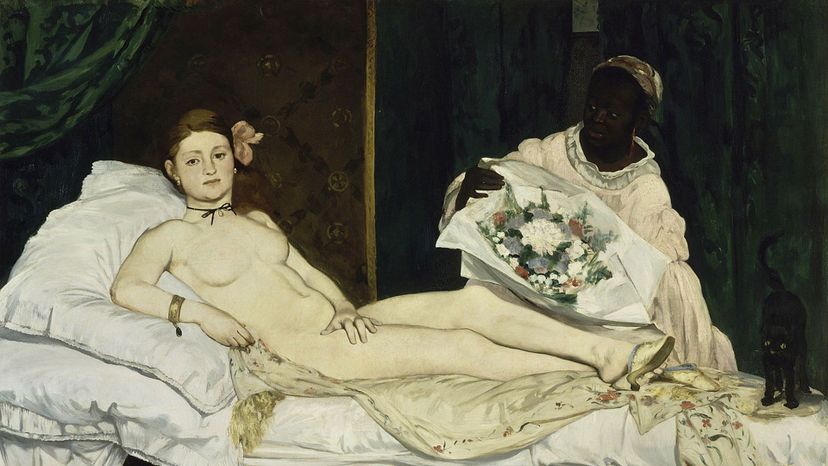
Édouard Manet’s "Olympia" is thought to depict a prostitute who is receiving a bouquet delivery from her maid, which is possibly the gift of a client. The model was Victorine Meurent, herself an accomplished painter, who regularly modeled for other painters. She also appears nude (although accompanied by two fully clothed gentlemen) in Manet’s "The Luncheon on the Grass."
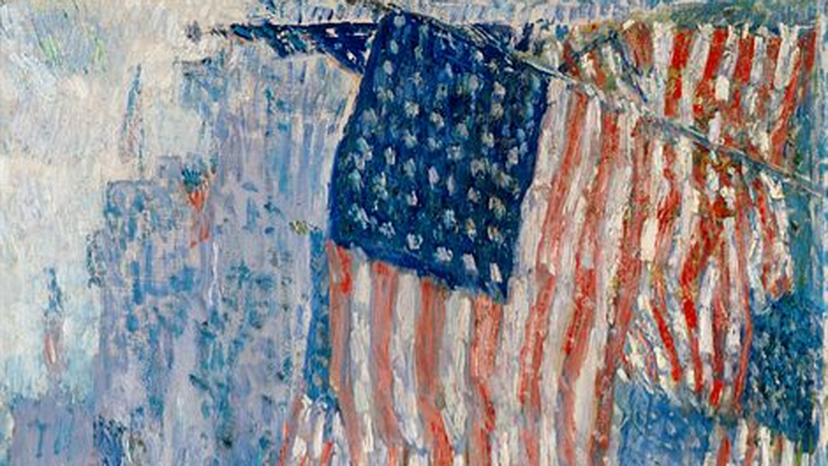
Childe Hassam’s "The Avenue in The Rain" is one of several similar paintings of flag-lined streets that the artist produced following the First World War. It has been a part of the White House art collection since 1963 and was previously displayed in the Oval Office during Bill Clinton and Barack Obama's presidencies.
Advertisement
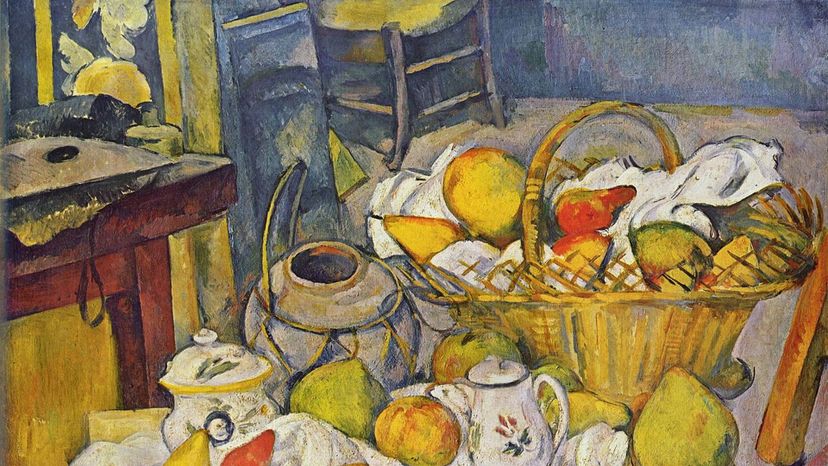
“I shall astonish Paris with an apple,” is a quote attributed to Paul Cézanne on an occasion when his skills as an artist were called into question. Cézanne created over 200 still life paintings, in which fruit, especially apples, were often depicted.
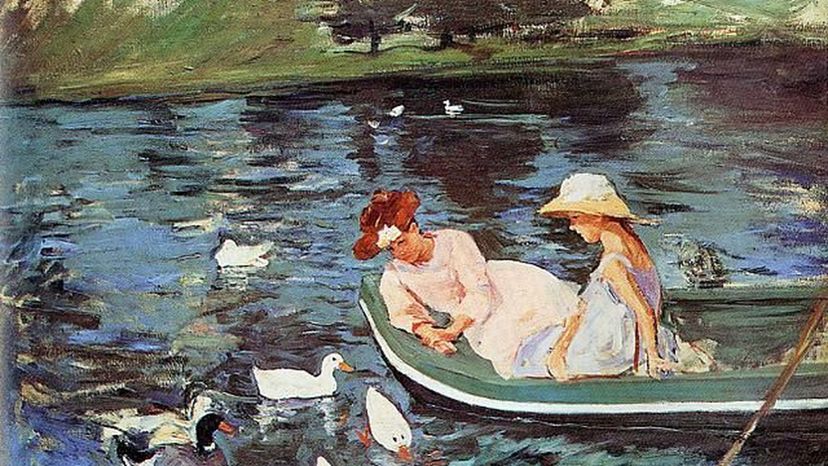
The work of American painter and printmaker Mary Cassatt is filled with many images of women and children going about the routines of daily life. Cassatt lived and worked in France at times, and it is believed that the lake depicted in Summertime is the one at her cottage in Le Mesnil-Théribus, which is in northern France.
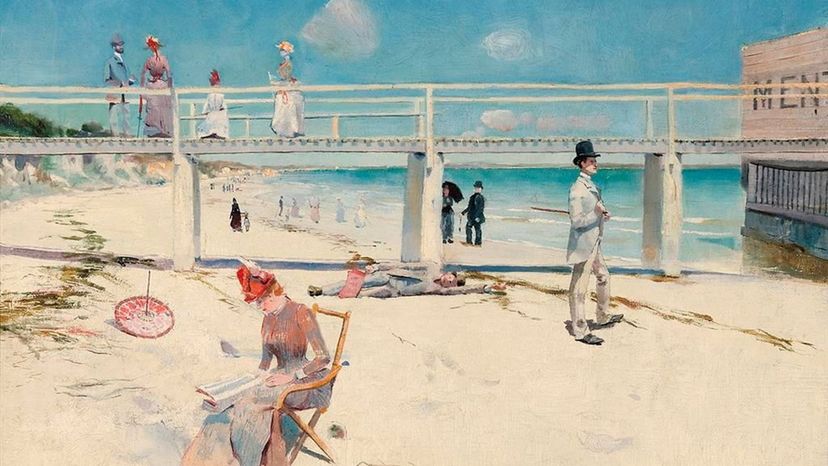
This masterpiece by Australian artist Charles Conder shows the seaside at Mentone in Melbourne, Australia. Over 100 years later, the artist and painting were both honored when it was used on an Australian postage stamp in 1984.
Advertisement
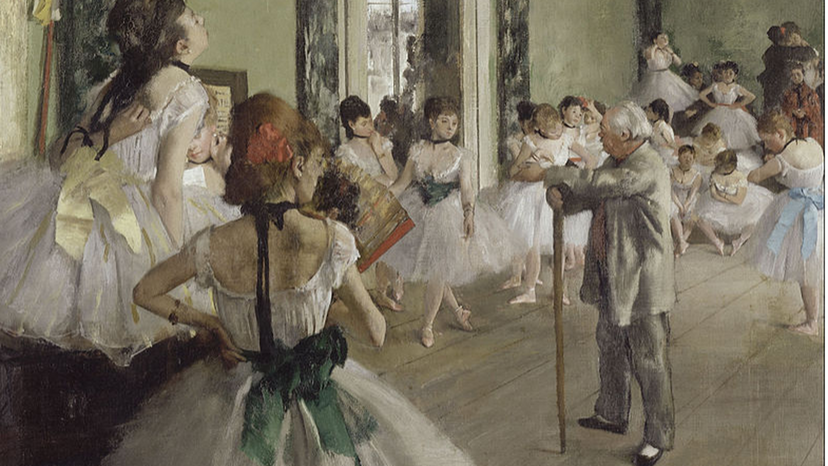
"The Ballet Class" depicts ballerinas rehearsing at the Paris opera house under the direction of the ballet master, Jules Perrot. This painting is housed at Musée d'Orsay, Paris. A variation of it, "The Dance Class," can be viewed at Metropolitan Museum of Art in New York City.
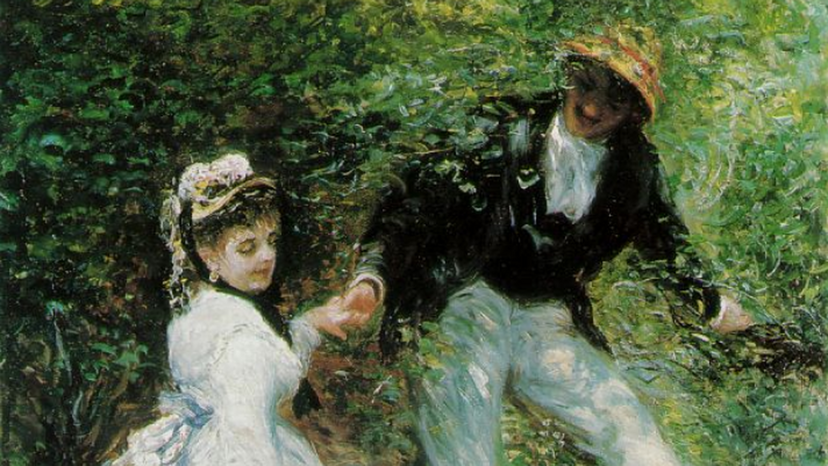
Pierre-Auguste Renoir spent the summer before he created "La Promenade" working with and gaining style instruction from Claude Monet. The young woman in "La Promenade" is thought to be one of Renoir’s favorite models, Lise Tréhot, who appears in over 20 of the artist’s paintings.
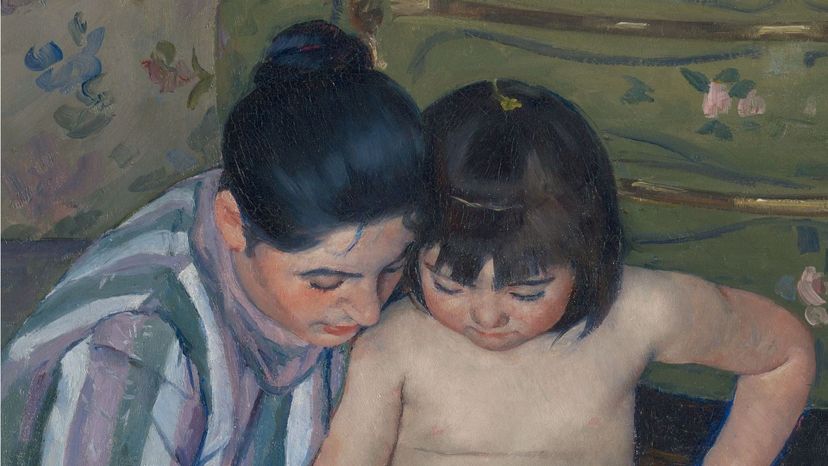
Mary Cassatt studied Japanese woodblock prints. Here you can see their clear influence on her painting style.
Advertisement
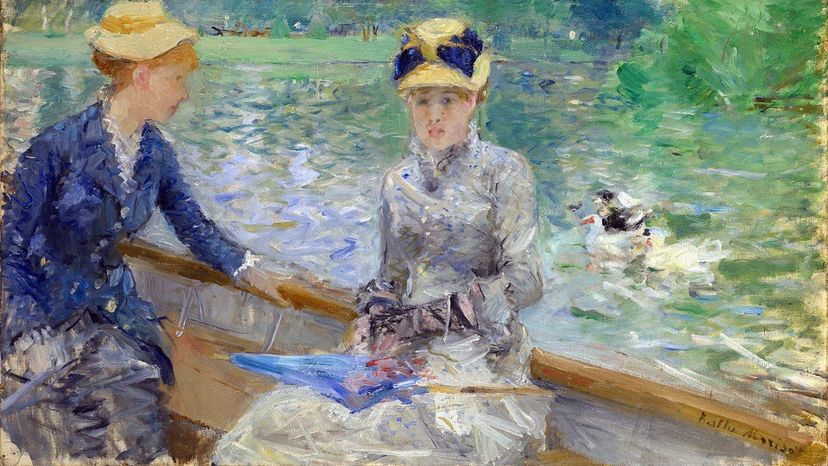
It's quite common for an artist to use the same model or set of models frequently. Such is the case with the two women shown in Berthe Morisot’s "Summer Day." They appear in several other works by her.
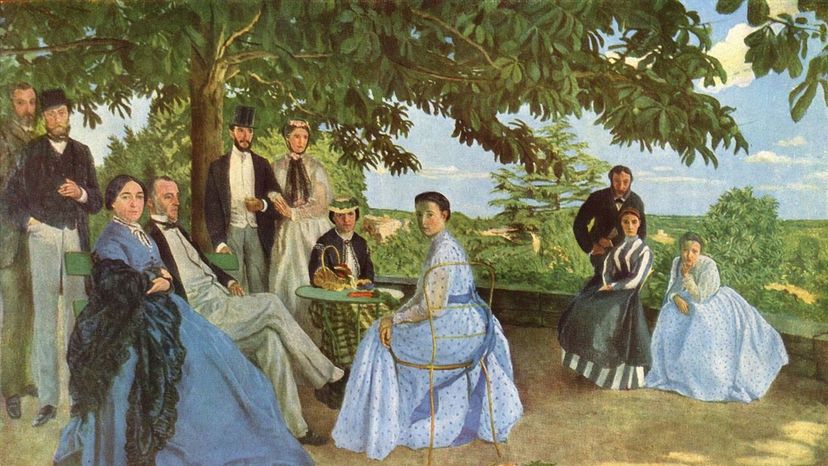
Frédéric Bazille was part of a wealthy family from southern France. Many of his paintings were portraits. "The Family Reunion," which shows members of his own family, is often called his best-known work. Included in the painting, along with a self-portrait, are his parents, brother, sister-in-law, two uncles, an aunt, and three cousins.
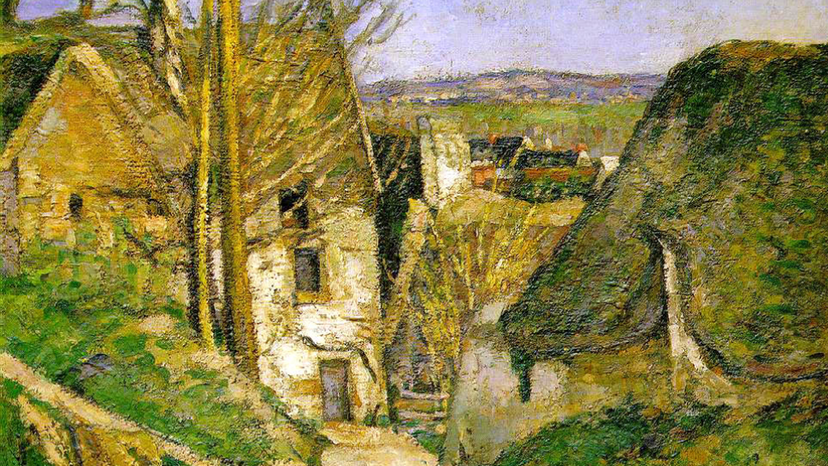
Paul Cézanne painted "The Hanged Man’s House" when he was 33 years old. The painting is said to show the influence of Camille Pissarro, an older painter and one of the early Impressionists, who took Cézanne under his wing as a kind of apprentice.
Advertisement
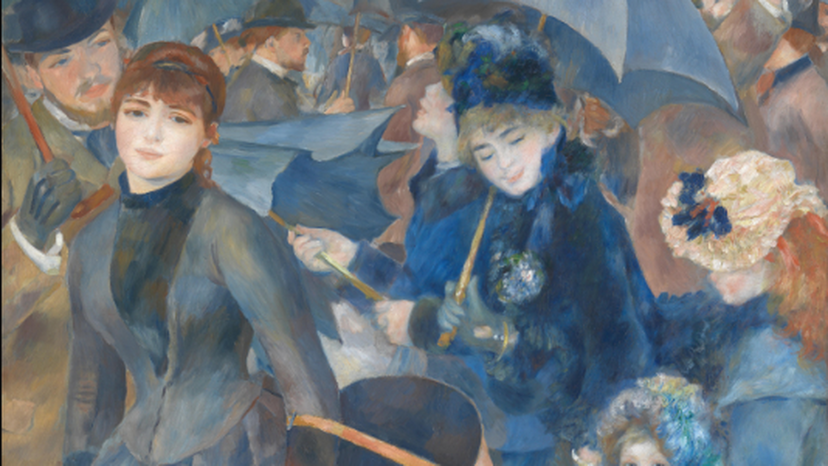
Pierre-Auguste Renoir painted "The Umbrellas" in two phases. He began the piece between 1880 and 1881, but is said to have lost interest in the Impressionist style shortly afterwards. He returned to the painting later, changing some parts of it, including the dress worn by the lady on the left. Renoir completed "The Umbrellas" in 1886.
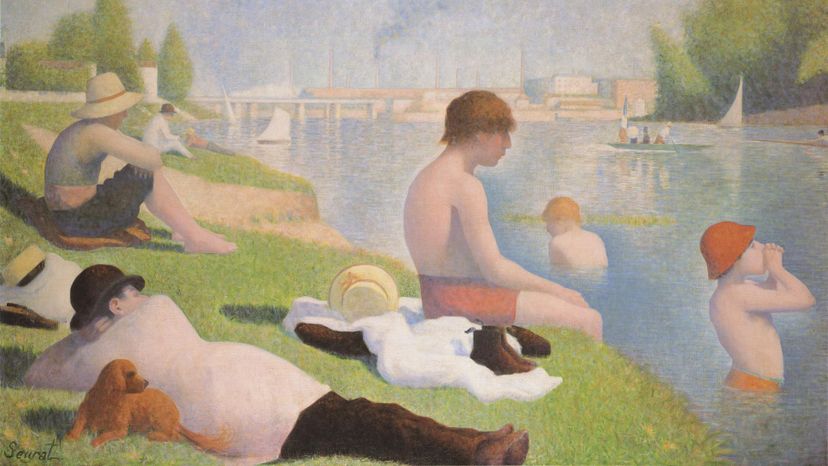
The industrial suburb of Asnières lies on the River Seine, northwest of Paris. "Bathers at Asnières," a masterpiece by French painter Georges-Pierre Seurat, shows workmen from the area relaxing by the river. It measures just over 6.5 feet long and is almost 10 feet wide.
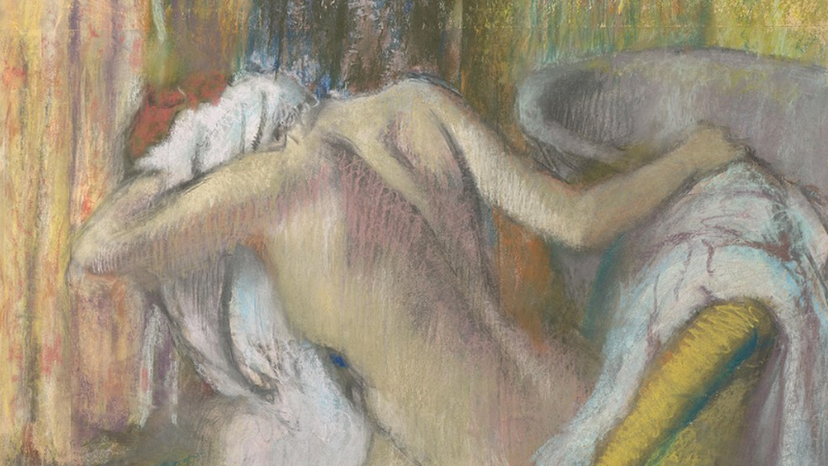
There was a period in Degas' career when bathers and dancers were the principal subjects of his work. He created "After the Bath, Woman Drying Herself" as a pastel drawing on several sheets of paper, backed by cardboard. The completed work is little more than a 3 by 3-foot square.
Advertisement
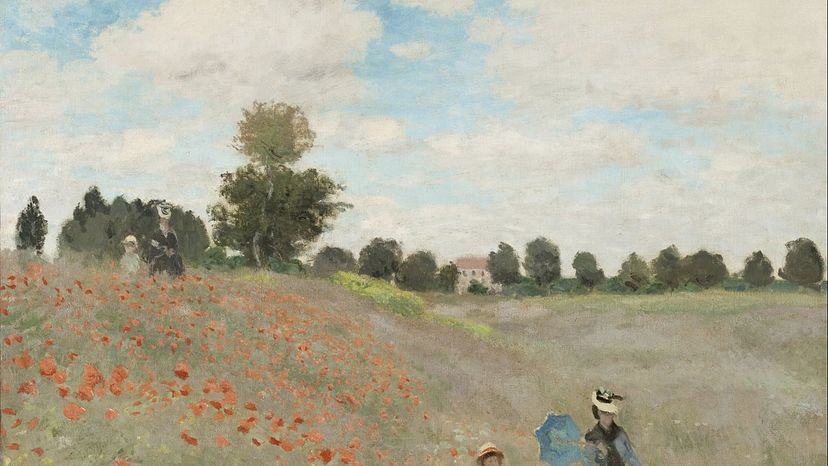
The Musée d'Orsay in Paris, where this painting is housed, identifies it as simply "Coquelicots," which means "Poppies," or alternately as "Coquelicots, La Promenade," which means "Poppies, The Walk." Another name often attributed to the painting, "Poppy Field (Argenteuil)," reveals the location of the landscape as Argenteuil, a suburb in the northwestern section of Paris.
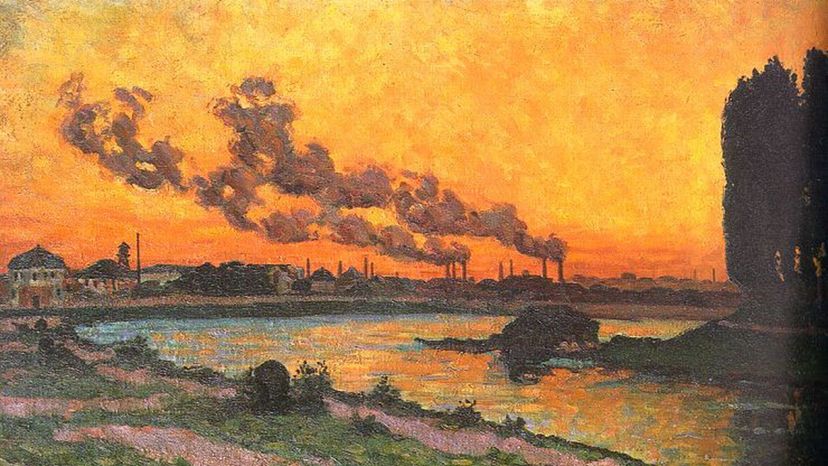
"Sunset at Ivry" (also called Setting Sun at Ivry) is perhaps the best-known work by Armand Guillaumin. Although regarded as one of the lesser-known Impressionists, Guillaumin was close friends with both Camille Pissarro and Paul Cézanne, as well as the Post-Impressionist Vincent van Gogh.
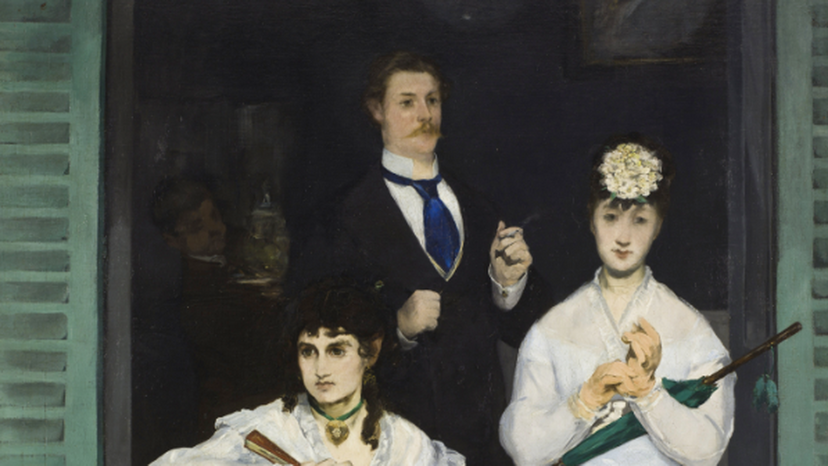
Painter Berthe Morisot is seated at the forefront of Édouard Manet’s "The Balcony." This is the first of many occasions on which the future Impressionist would model for one of Édouard Manet’s paintings. He also painted several portraits of her.
Advertisement
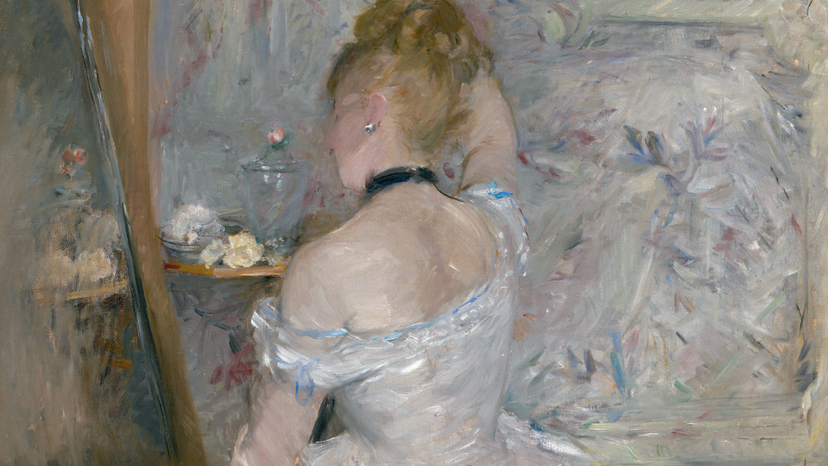
Berthe Morisot exhibited at seven of the eight Impressionist shows, including the very first one, held in April 1874. "Woman at her Toilette" is considered one of the masterpieces among her works, which featured women and children.
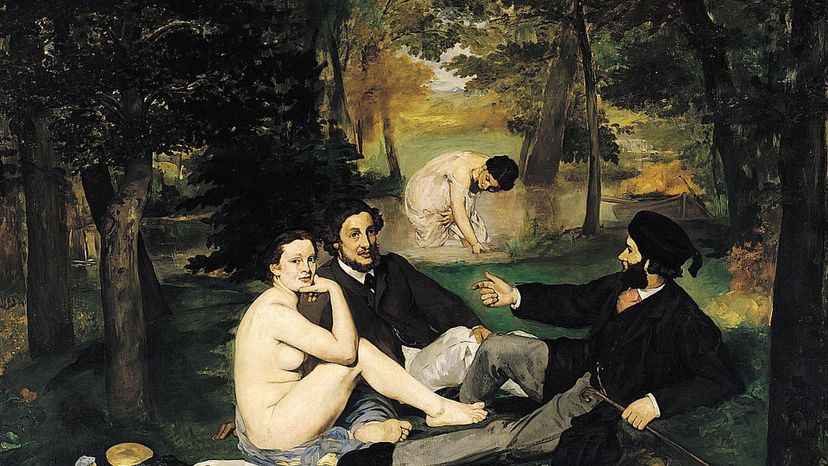
Now considered a timeless masterpiece, "The Luncheon on the Grass" by Édouard Manet was one of the paintings rejected by the Paris Salon in 1863. The high volume of rejections that year, along with protests by the artists, led Napoleon III to order the establishment of the now-famous Salon des Refusés (Exhibition of the Refused).
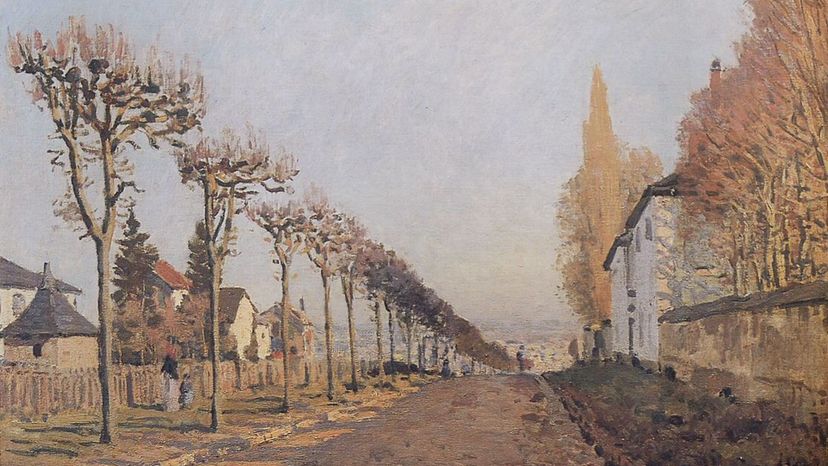
Alfred Sisley’s "Chemin de la Machine, Louveciennes" achieves its much-praised sense of depth from the row of trees lining the road, as much as from the road itself. The painting is also highly praised for its interpretation of both light and color.
Advertisement
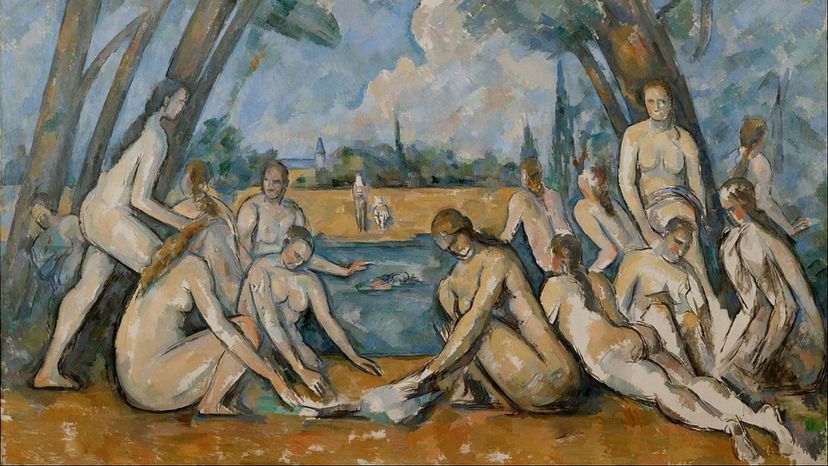
Paul Cézanne often created images of people bathing by rivers, but this particular painting is considered to be his masterpiece among them. This unfinished painting is much larger than any of the others (it is often referred to as "The Large Bathers") and is one he was still working on at the time of his death.
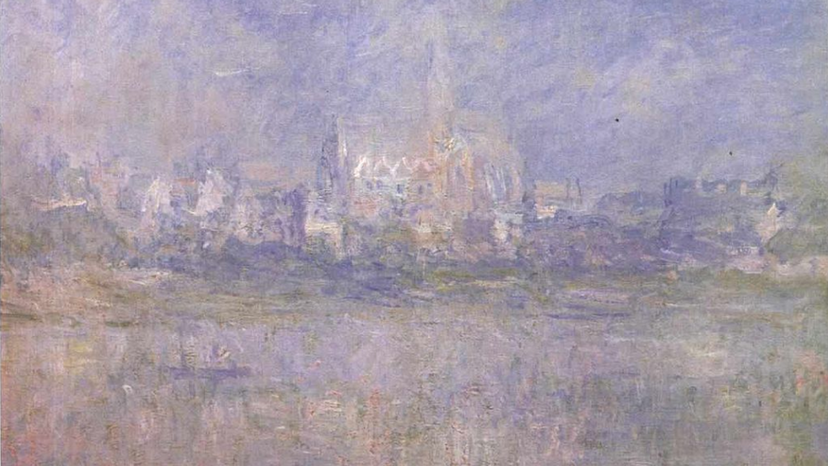
"Vetheuil in the Fog" is housed by the Musée Marmottan Monet in Paris. It's one of many Monet paintings left to the museum by his son Michel. The Musée Marmottan Monet holds the largest collection of the artist’s work as well as paintings by other Impressionists, including Edgar Degas, Édouard Manet, Berthe Morisot, Camille Pissarro, Pierre-Auguste Renoir, and Alfred Sisley.
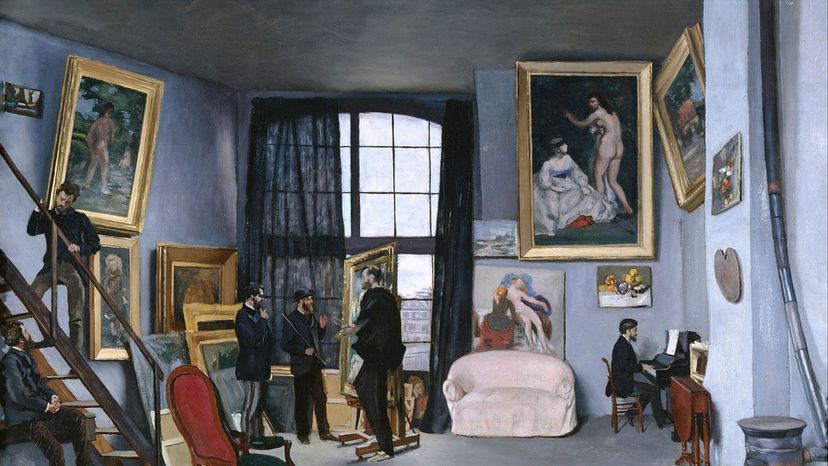
This early Impressionist work depicts both Édouard Manet and Pierre Auguste Renoir, as well as possibly Claude Monet, all of whom were friends of the artist. In fact, Renoir and Bazille shared this studio for a couple of years, from 1868 to 1870. Bazillle has stated that it was actually Manet who added him to the picture; he's the one standing in the center with a palette in his hand.
Advertisement
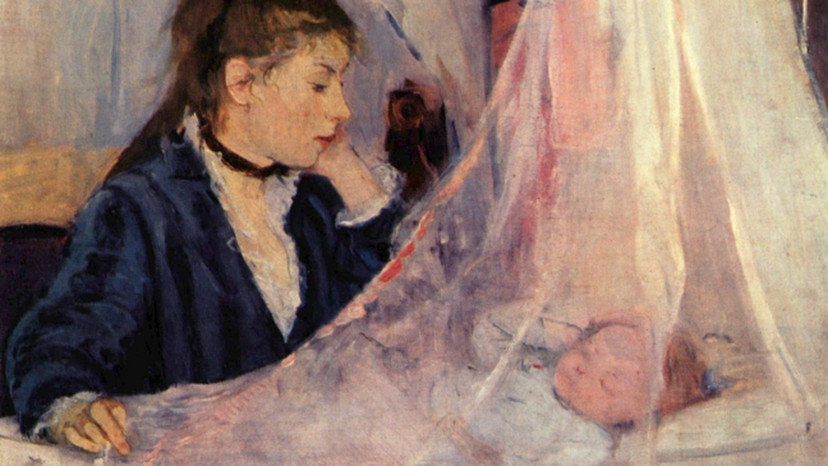
"The Cradle" shows Berthe Morisot’s sister, Edma, gazing at her daughter, Blanche. Both Berthe and Edma were trained as artists, but Edma chose to give up painting after her marriage. This painting is cited as the first of many by Morisot to show the emotions of motherhood and the relationship between mother and child.